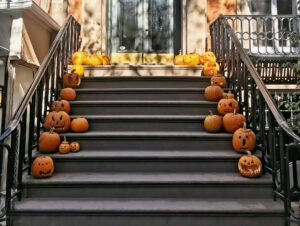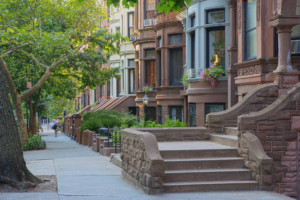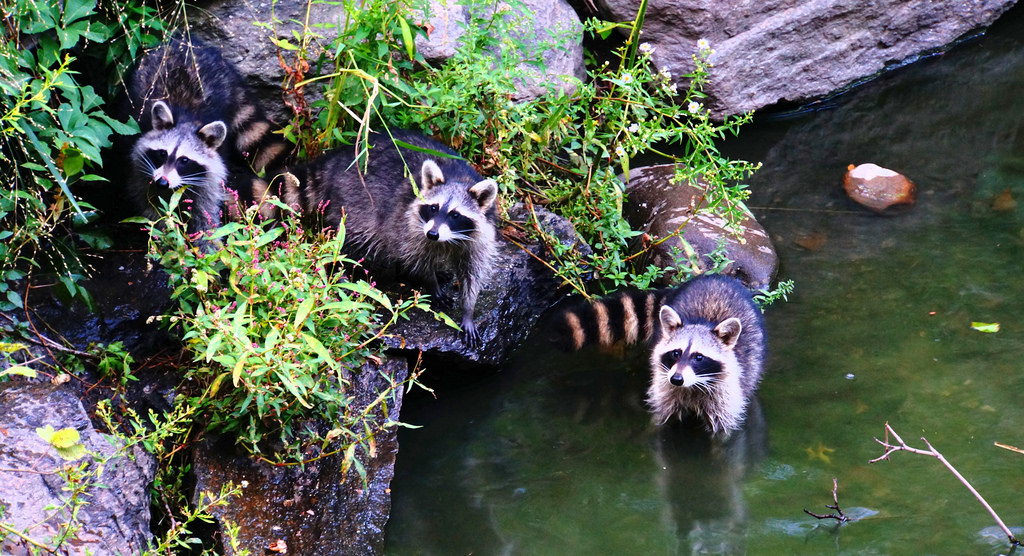
Raccoons love Central Park. Source: Mr. Hicks46 via Flickr Creative Commons
Not just limited to the suburbs and outer-borough parks, raccoons frequently share space with New Yorkers, hanging on fire escapes in Harlem, posing for selfies in Central Park and even riding the subway. For better or worse, raccoons in NYC are thriving and increasingly ingrained in our city’s wild and diverse ecosystem. Despite their prevalence, hominid New Yorkers often have misconceptions both about how dangerous about their procyonid (that’s raccoon) brethren are and how to coexist with them. To clear the air, here are some key facts to know about raccoons in NYC and tips on how to cohabitate with them peacefully.
They’re Real New Yorkers, Too
Before you get territorial about raccoons encroaching on your sidewalk space, keep in mind that these mammals might be more real New Yorkers than you. If we go by the 10 years of residence rule, then raccoons definitely count as through and through New Yorkers. In fact, raccoons are native to New York and have been admired for their wily escapades since the earliest accounts of Native Americans in the Northeast. As the city urbanized, their population declined due to habitat loss but then began to rise again in the past few decades as raccoons figured out how to thrive in our improving green spaces and among dense human populations.
Our likeness to these creatures extends beyond their affinity for fire escapes and park space. Like New Yorkers, they are a wildly (pun, intended) intelligent bunch. The little Houdinis can open doorknobs, untie knots, and remember how they solved problems for three years. Although they are known to be solitary animals with nocturnal habits many (sounds like your upstairs neighbor, right?) raccoons are often spotted nesting in groups and moving around in the day.
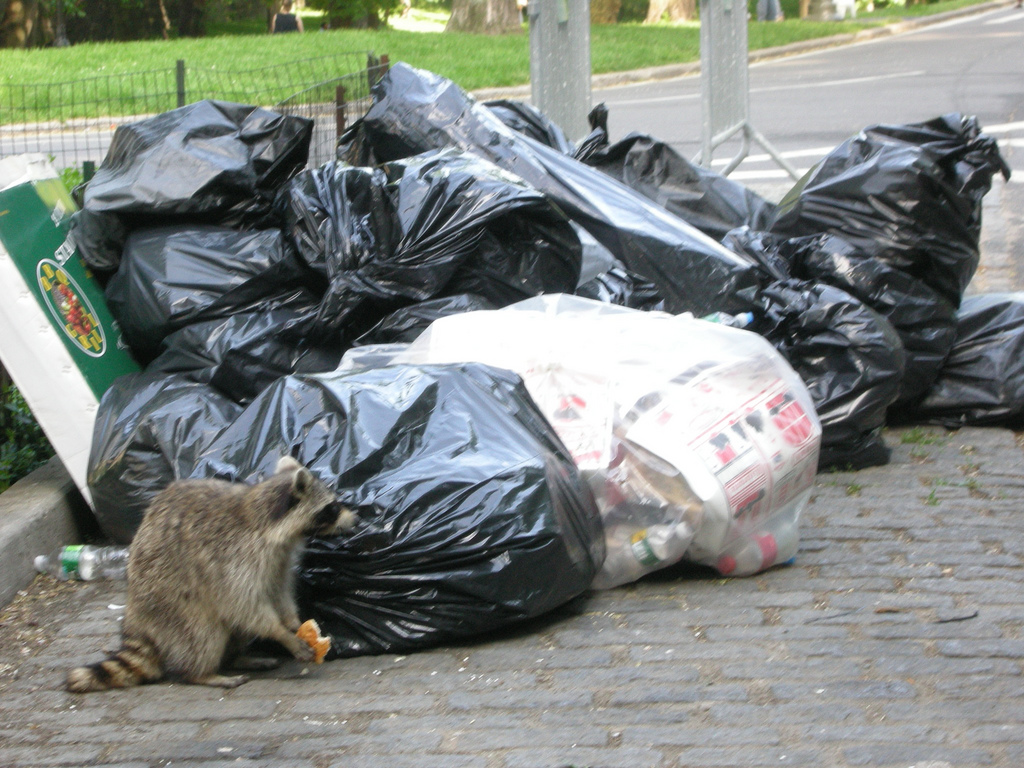
Why eat nuts and berries when they are perfectly good bagels? Source: Leonel Ponce via Flickr Creative Commons.
They’re Foodies
Raccoons can survive on berries and bugs, but in the end they are just like humans, and eat an omnivorous diet. Their favorite stuff to eat is the same stuff we like, which is high-calorie scraps from our food waste. Raccoons will often be found rummaging through trash cans in public parks and outside residential buildings.
They’re Constantly Searching for Real Estate
Just like any tried and true New Yorker, raccoons are constantly searching for a nice place to settle down. Ideally some place warm, close to green space and conducive to a growing family. We feel you, Rocky, we feel you.
As such, raccoons commonly nest in tree hollows or other dark, quiet areas, and sometimes even a homeowner’s attic or crawlspace. Expecting mothers are especially keen to find a safe den before winter to deliver her kits.
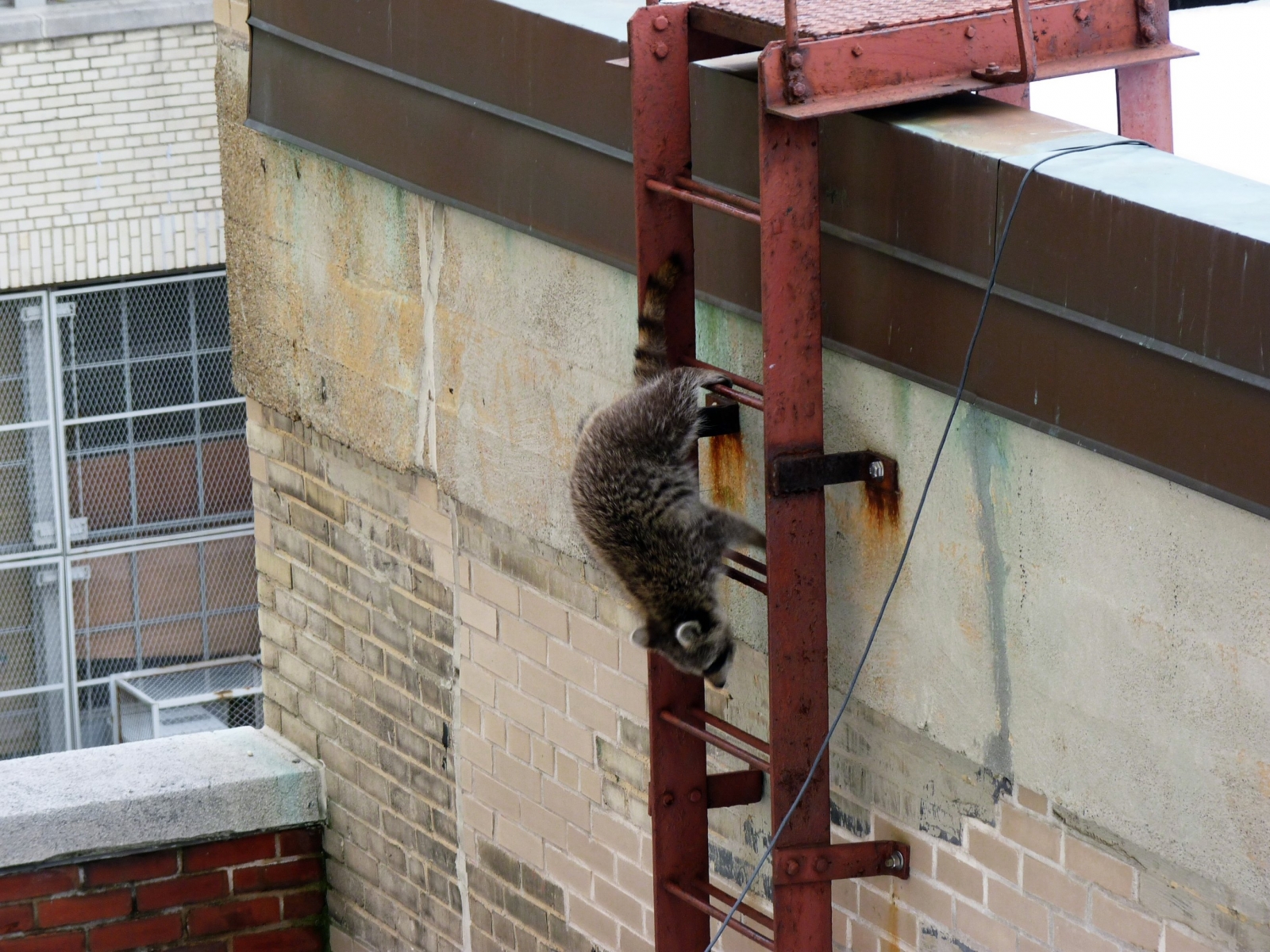
Why use the front door when there’s a fire escape?
Like Us, Raccoons are Aggressive on the (Apartment) Hunt
The number of raccoon-related 311 calls has risen in recent years as as these forthright folk have brought their search for a new home into your home. Finding a raccoon in your home, however, is a whole lot worse than hosting an open house. A raccoon infestation can mean property damage, funky odors and scary interactions. There aren’t many deterrents against raccoons that won’t also bother you – think bad smells, loud noises or flashing lights. They have very little fear of people and can pose a threat to pets.
Like the Rest of Us, Raccoons Want to Settle in Brooklyn
There are no statistics that accurately measure the raccoon population across NYC but it is believed that it has increased considerably over the past two decades. Anecdotally, through 311 calls and citizen reported sightings on social media, encounters are on the rise, particularly in Brooklyn and around Prospect Park.
Prospect Park has one of the city’s largest native forests and is surrounded by dense residential areas (read: lots of human garbage cans). These factors combine to make the park and the neighborhoods surrounding it an ideal habitat for raccoons.
I’ve dealt first hand with Prospect Park’s raccoon population working as an arborist for the Prospect Park Alliance. Families of raccoons are common residents of the park’s trees, trashcans and dumpsters. The policy is not to take action against the raccoon or remove it unless there is to believe it has rabies or distemper. If that’s the case, the Parks Department’s animal control unit is called in to capture and euthanize the raccoon.
This policy, while well-intentioned, helps bolster the city’s rabies statistics, which are often more anecdotal than scientific. Although the number of rabid raccoons is hard to cite accurately, the city is making efforts to control an outbreak. Just this summer, a new rabies vaccination initiative was launched across the city, which used helicopters to drop bait-laced with rabies inoculation throughout public parks.
Despite the ramped up rabies prevention measures, this summer saw an outbreak of a different raccoon-borne disease — distemper. As of August, the Parks Department recorded 85 raccoons carrying the virus. Although distemper can be fatal to raccoons and dogs, it poses no threat to humans. Of the 85 raccoons carrying distemper, none carried rabies.
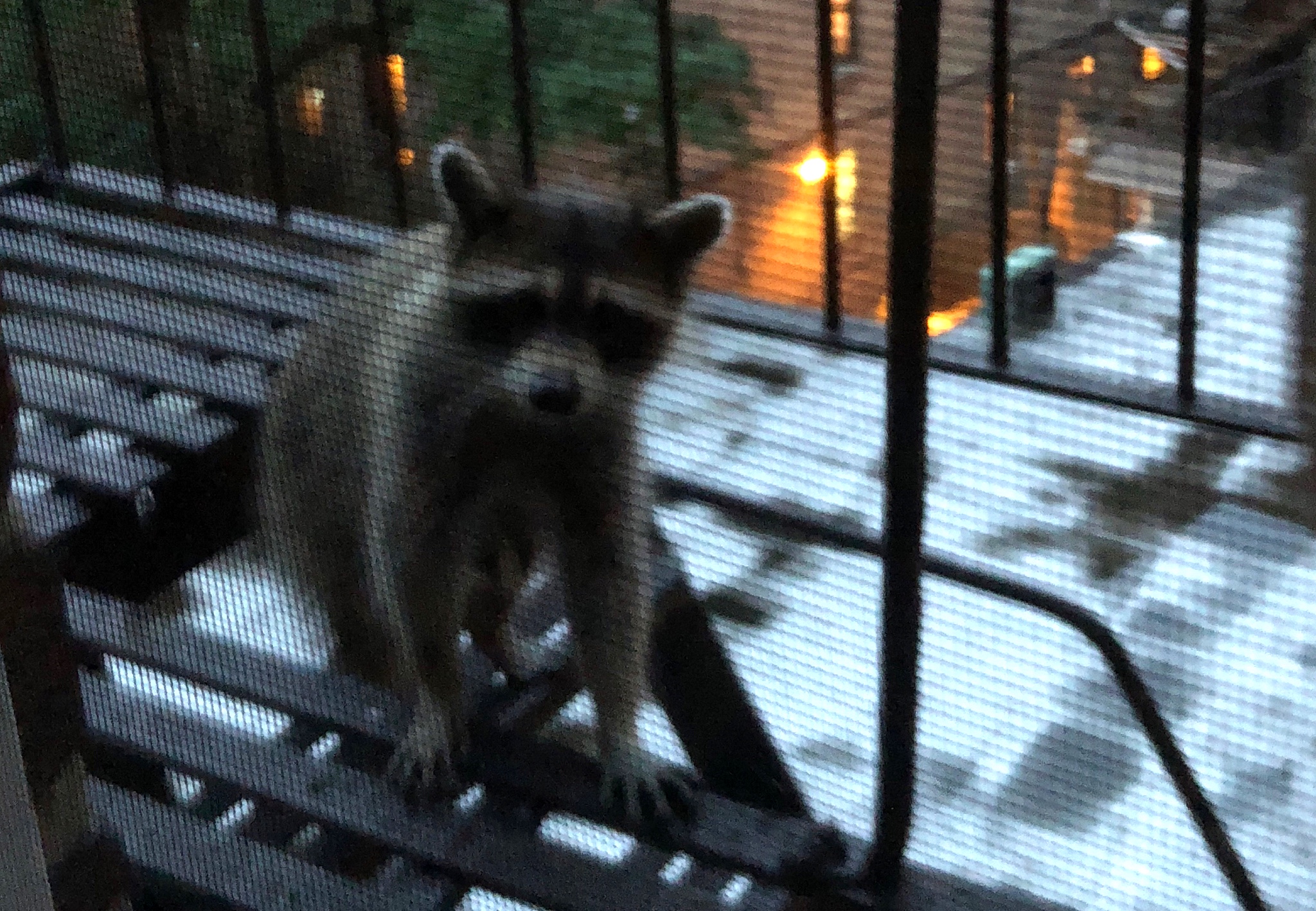
Mind cracking the window? Source: Kristine Paulus via Flickr Creative Commons
How to Keep Raccoons in NYC at Bay
Until the dream of a trash-free New York is realized, raccoons will roam the city streets. As a result, the single most important thing you can do is keep your trash sealed and covered until it is removed. Ensuring that your private property and the public property around you remains free of food and pet waste not only will deter raccoons from coming to your home but limit the growth of their population.
Other key raccoon prevention tips include:
- Replace torn screen windows or doors
- Replace broken or unsealed windows
- Seal all holes to home’s exterior
- Trim trees and shrubbery — raccoons like to burry in brambly, forested areas
How to Deal with a Raccoon Who Comes Too Close to Home
Should you come across a raccoon in your home, don’t try to engage with it. According to New York City law, all raccoons trapped and removed from property are required to be humanely killed. It is also illegal to release raccoons back into public parks by using traps. Given these local laws, your best bet is to hire a licensed Department of Environmental Conservation-licensed animal control operator to humanely capture the raccoon.
You can try to coax the raccoon out of your home on your own by annoying raccoons with lights and loud music. Raccoons tend not to like uncomfortable environments, so by disrupting their peace and quiet, you may succeed in pushing them out of your home. Once the bushy-tailed squatter leaves (and takes any young with it), seal up the hole through which the raccoon and its kin entered. That said, the most practical and safe route is to call animal control.





